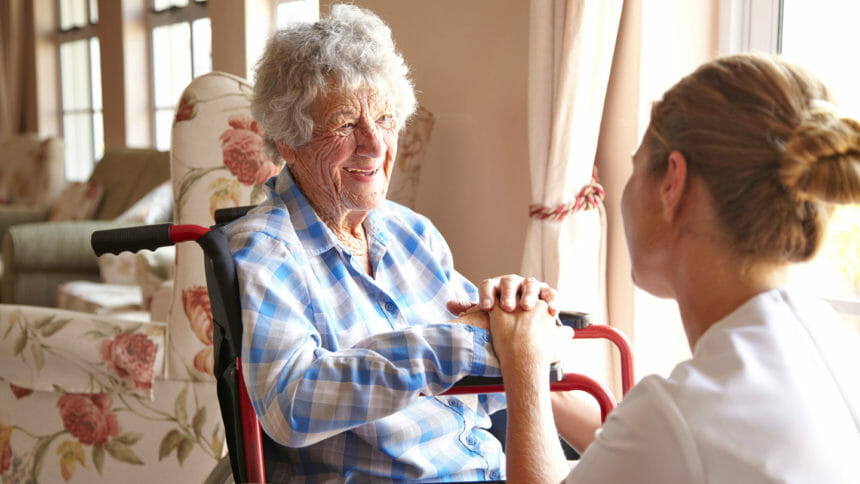
Nursing homes owned by private equity firms had lower levels of personal protective equipment supplies than for-profit, nonprofit and government-owned facilities, according to a new study published in JAMA.
Researchers suggested that the PPE trends may be due to “cost-cutting strategies undertaken by” private-equity owned facilities.
“If this was the case, it is not clear why staffing levels were not also lower for PE-owned nursing homes. It is possible that PE-owned homes were attempting to control costs by keeping the minimum level of supplies that they anticipated would be necessary,” the investigators wrote.
Overall, researchers analyzed 11,470 nursing homes for the investigation. The study was led by researchers at the Weill Cornell Medical College in New York.
The analysis found that government-owned facilities had a 17% better chance of having at least a one-week supply of N95 masks, compared to private-equity (PE) owned nursing homes. For-profit and nonprofit facilities were 10.5% and 15%, respectively, more likely to have at least one-week’s worth of PPE supplies on hand.
Nonprofit, government-owned and for-profit facilities also had a 30.7% 29.2% and 24.3% better chance, respectively, of having a one-week supply of medical gowns than private-equity owned nursing homes.
The investigation also found that government nursing homes were more likely to experience a shortage of nurses than private-equity facilities by about 7%. There were no significant differences in staffing shortages between private-equity, for-profit and nonprofit facilities.
Additionally, the analysis showed that each type of facility had similar rates of COVID-19 deaths, and didn’t have significantly higher rates of cases.
Full findings were published Wednesday in JAMA.




